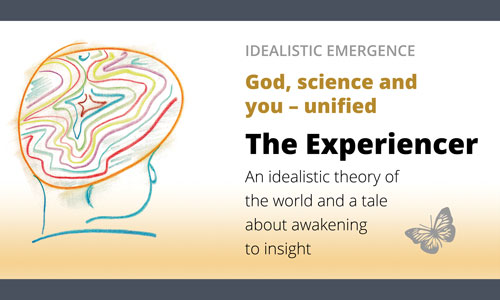Gravity leads to movement along curved paths, which are longer than straight paths. Since all movement in the spacetime-field occurs at the constant speed of light, this means that space itself is curved, not the trajectory in isolation.The concepts of «gravity», «acceleration», and «mass» now have far-reaching consequences for what has already emerged. The points are drawn towards the accumulations, the attractors. They no longer move along straight lines but follow curved trajectories due to the attraction.
It is the same thing that happens when the Earth moves forward but at the same time is pulled inwards towards the Sun. The Earth ends up going in a circle around the Sun.
A curved path is always longer than a straight path. At the same time, the speed of light is still constant, and distance, time and speed are bound to each other in a fixed ratio by definition. That means that when the path of movement changes, it is the space itself that is curved.
Remember, I'm still talking about the initial phase in the creation of the universe. The knowledge – laws – about mass and forces are «learned» by the Experiencer through registering and interpreting the behaviour of a few «points».
Through this approach, we have arrived at the same thing that Einstein formulated in his
general theory of relativity, at least the same intuitive understanding.
At the same time, a key component of what we call «complex, dynamic systems» is born: the concept of attractors.
The universe is a complex, dynamic system – from top to bottom.
With gravity and the bending of space, the concept of «curve» is also created. That leads directly to the concept of «wave», i.e. a movement that repeatedly follows a curved path between two or more extremes.
The attractors in the surroundings determine the shape of the wave.
The Experiencer's toolbox now has yet another new tool to understand the world.
We're at
Planck level, at the smallest conceivable. At this stage in the universe's evolution, only the notion of quite a few «points» exists, but the universe is, in principle, complete.
